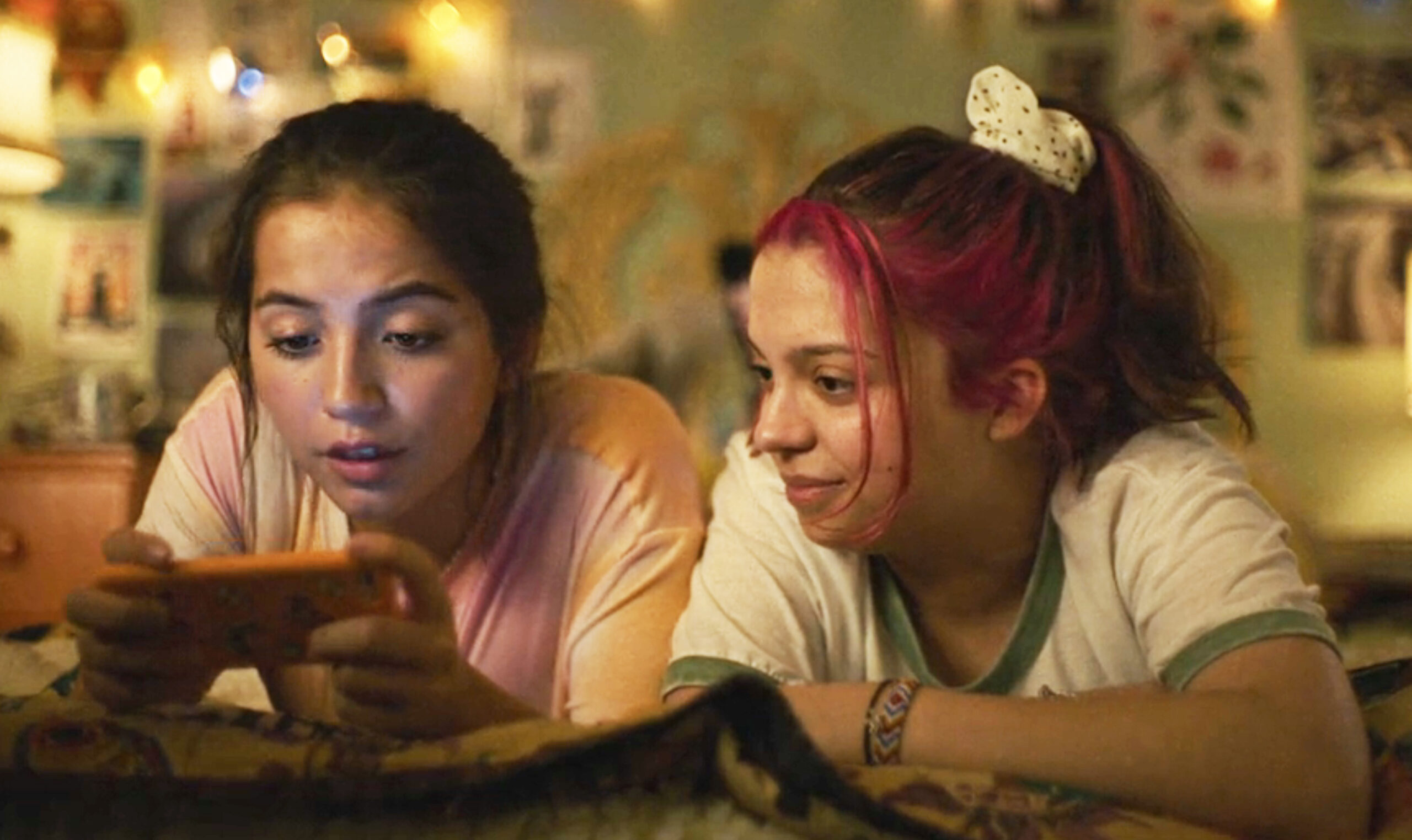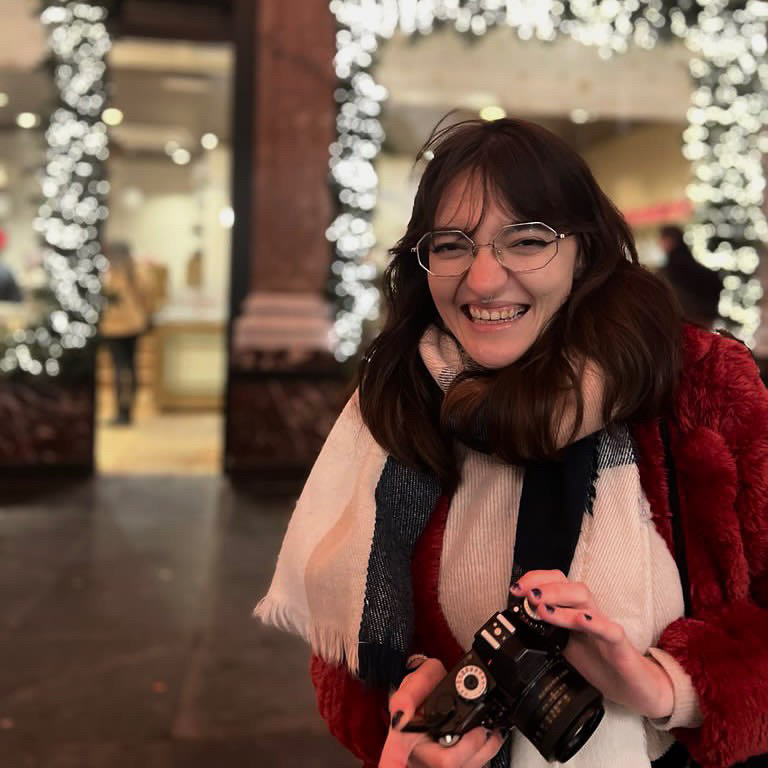Happy OCD Awareness Week! From October 13th to October 19th, we focus on bringing awareness to a disorder that is often misrepresented. For this week’s article, I will take you through the different media representations I’ve seen over the years, and what makes them good or bad or in between.
An Introduction to Myself
My name is Vonnie and I’ve been diagnosed with obsessive-compulsive disorder recently, although I’ve struggled with my mental health in that department for many more years. Part of why I didn’t realise it was an ongoing struggle earlier on was due to the representation, or lack thereof, of OCD in media.
I am someone who although reads a lot and makes a lot of research, finds it easier to learn through the media I watch or listen to. There is a reason why we focus so much on representation here at All Too Creative — it is what brings attention to people. It’s easier to identify with someone fictional or out of reach, than faced with the outright terms and research.
What is OCD, and why is it so often misrepresented?
Obsessive-compulsive disorder is a mental illness that affects people in different ways. There are many subtypes to the disorder, although they all fit into one particular criteria, which is the presence of obsessive or intrusive thoughts, as well as compulsions in an attempt to alleviate the anxiety brought forth by these thoughts.
The most common subtype of OCD represented is contamination OCD, which is also the one I struggle with the most. However, the way media represents even this one part of the disorder is not right most of the time. That is due to the surface-level analysis of the illness — such as being very clean and washing your hands all the time, being obsessed with order and organising. While these can be true for someone with OCD, they don’t cover the origin of these compulsions. There is a lot of internal distress that comes with the obsessive thoughts, and there is not much conversation surrounding the disorder. More so, it is treated as a quirky disorder when it is anything but.
The lack of good representation makes people who should be diagnosed not realise until much later, and those who use OCD as a personality descriptor, rather than a diagnosis.
OCD Representation in Film
Turtles All The Way Down, dir. Hannah Marks

What inspired this article was watching Turtles All The Way Down, directed by Hannah Marks and based on the book with the same title by John Green. Keep in mind I haven’t read the book, so this is solely based on the film adaptation.
Turtles All The Way Down follows Aza, a teenager who has severe contamination OCD. Let’s start with the good parts — the film shows more than the surface level of the disorder. Aza’s intrusive and obsessive thoughts are represented on screen, as well as her internal monologue. This already shows more than most media, since we know the disorder is not reduced to quirkiness.
Aza’s thoughts and actions follow her through her everyday life, affecting her relationships and quality of life. Although the film shows more about the struggles of someone with contamination OCD, what bothered me was the use of the disorder as an excuse for being an awful person. Aza is not a good friend, and generally not a great person to her loved ones. While we see how debilitating her illness is, it is not give an excuse to be as selfish as she is. It is painting people with OCD as self-centred, which is not the case for most of us.
Aza acts as if no one could possibly know what she’s going through, therefore she is justified in her mistreatment of other people. In addition, we don’t know much about Aza as a person outside of her disorder. Her character is only focused on her struggles, rather than her personality. So while there is progress in showcasing a more accurate side of the disorder, portraying people with OCD as solely obsessive-compulsive is not accurate as there is more to us than mental illness.
The Aviator, dir. Martin Scorsese

The Aviator is the opposite of the representation that Turtles All The Way Down offers. In this film directed by Martin Scorsese, we follow Howard Hughes, an aviator and filmmaker struggling with severe OCD.
The first time I watched The Aviator was years ago, when I hadn’t yet received a diagnosis or even considered that I might have obsessive-compulsive disorder. The film immediately struck me, bringing forth a lot of emotions as I witnessed the worsening of Howard’s condition.
In the first half of the film, The Aviator shows Howard’s disorder through subtle details that you only notice if you know what you’re looking for. That is often the case in reality too, with people not noticing compulsions until they become severe. Although there isn’t as much showing of what happens in Howard’s thought process, the progression of untreated OCD is represented truthfully.
Watching this film was the first time I felt represented, even though I only had the diagnosis of hypochondriac at the time. Thinking of it now, I can recognise my own episodes in Howard’s behaviour. To this day, it is still one of my most appreciated representations of the disorder. It doesn’t shy away from the truth, while also painting a full picture of the person Howard is.
OCD Representation in Literature
Am I Normal Yet? by Holly Bourne
The first book I’ve read with a protagonist who struggled with OCD is Am I Normal Yet? by Holly Bourne. It is a young adult novel talking about Evie’s return to her regular life after being in the psychiatric hospital for months, for her obsessive-compulsive disorder.
Am I Normal Yet? is refreshingly good, as it represents the tumultuous journey of teenage years while at the same time navigating serious mental illness. Evie forms meaningful friendships with two other girls, Amber and Lottie, who are there for her when she relapses. The book shows that healing isn’t linear, and that we are not a burden to our relationships due to our illness. It doesn’t hesitate to show the reality of obsessive-compulsive disorder behaviours, as Evie descends into a cycle once again. It is far from being superficial, and debunks the quirkiness aspect of the disorder.
Everyone In This Room Will Someday Be Dead by Emily Austin
Although the protagonist of this book isn’t outright diagnosed with OCD, there are a lot of thoughts that resonate. Gilda is a twenty-something year old lesbian with health anxiety. She’s in the emergency room every other day because of her intense fear of death.
Although Gilda is only diagnosed with anxiety, her specific symptoms tie in with obsessive-compulsive disorder. When I read the book, I often got emotional at the accurate portrayal of health anxiety. Amongst that, there is so much more than mental illness when it comes to Gilda’s character. The author mastered the art of writing the struggles of a person with mental health problems, while also not reducing them to their disorder.
After Diagnosis
When I received my diagnosis, I was even more interested in finding representation wherever I could. With obsessive-compulsive disorder being misunderstood, any media that could provide some identification was comforting. I began searching for artists with OCD, and found a few that have helped me through the process of feeling less alone.
The Search, NF
NF is a singer-songwriter who became known for his music dealing with mental health and trauma. The Search is his fourth studio album, where he explores more of his struggles, OCD being one of them.
OCD, tryna push my buttons
I said don’t touch it, now y’all done it
The Search, NF
Throughout the album, NF goes into detail of what his mind works like, which is rare to hear in music. A lot of the music industry is looks for what sells, and talking about the real struggles of mental illness is not considered good enough for the market.
Diagnosed with OCD, what does that mean?
Well, gather ’round
That means I obsessively obsess on things I think about
That means I might take a normal thought and think it’s so profound (Leave me alone)
Leave Me Alone, NF
An album such as The Search existing is beyond important when it comes to representation.
In Conclusion
Obsessive-compulsive disorder is not easy to live with, much as every other mental illness. It is even less so when the media representation makes you feel lonely and misunderstood. What you should remember when it comes to creating such representation is that we’re more than our disorder, and our disorder is more than what meets the eye. Doing research on what obsessive-compulsive disorder truly feels like for the people who struggle with it should be the first step in trying to understand it.
Curious about other ways in which how obsessive-compulsive disorder can affect your life? Read this article about my struggle with sexuality while having OCD:




